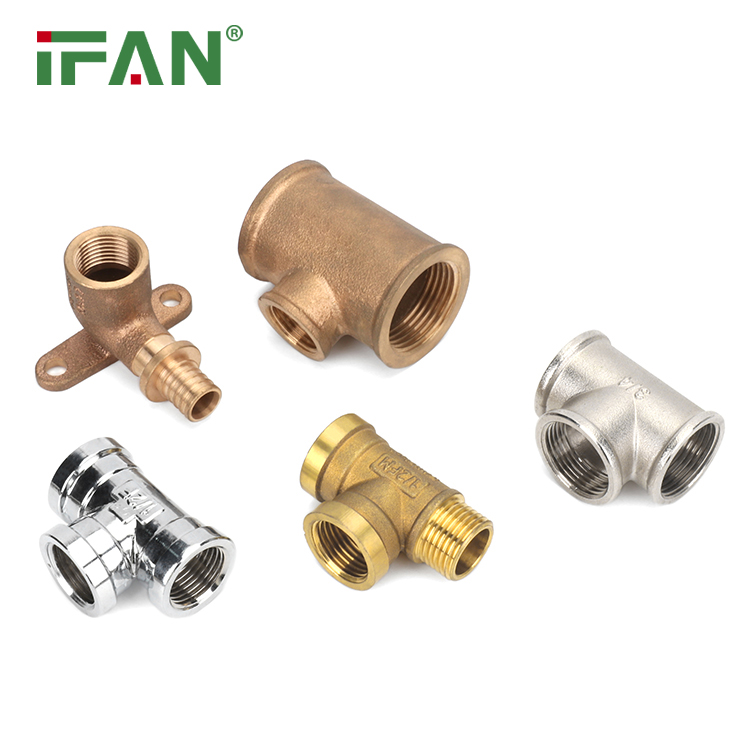Description
IFAN factory 30+ years manufacture experience support color /size customization support free sample.Welcome to consult for catalog and free samples.This is our Facebook Website:www.facebook.com,Click to watch IFAN’s product video.Compared with Tomex products, our IFAN products from quality to price are your best choice, welcome to buy!
Brass fittings are widely used in plumbing and other applications due to their durability and resistance to corrosion. However, like any mechanical component, they can encounter issues over time. This article delves into common problems associated with brass fittings and provides guidance on troubleshooting them effectively.
Understanding Brass Fittings
Brass fittings are connectors made from an alloy of copper and zinc. They come in various shapes and sizes, including elbows, tees, and adapters. Their robustness makes them suitable for both residential and industrial applications. Despite their advantages, users may experience issues such as leaks, corrosion, or difficulty in installation. Recognizing the nature of these problems is the first step toward effective troubleshooting.
Identifying Leaks
One of the most common issues with brass fittings is leaking. Leaks can occur at the joints due to improper installation, wear and tear, or damage to the threads. To troubleshoot leaks, first inspect the connection points for any visible signs of water. If a leak is detected, try tightening the fitting. If the leak persists, disassemble the connection, check the threads for damage, and replace any worn-out seals or O-rings. Additionally, ensure that the fittings are compatible with the pipes being used to prevent leaks due to mismatched sizes.

Addressing Corrosion
While brass is generally resistant to corrosion, certain conditions can lead to tarnishing or corrosion over time. This can be particularly problematic in environments with high humidity or exposure to certain chemicals. To troubleshoot corrosion, first assess the extent of the damage. If corrosion is superficial, cleaning the fittings with a suitable cleaner can restore their appearance. For more severe corrosion, replacement of the fitting may be necessary. To prevent future issues, consider applying a protective coating or ensuring that the environment is less corrosive.
Ensuring Proper Installation
Improper installation is another frequent cause of issues with brass fittings. Users may encounter difficulties such as cross-threading or overtightening. To ensure proper installation, always start by cleaning the threads of both the fitting and the pipe. When screwing the fitting onto the pipe, make sure to align them properly to avoid cross-threading. Use a wrench to tighten the fitting securely, but avoid overtightening, which can lead to damage. Following these steps can help prevent installation-related problems.
Dealing with Discoloration and Staining
Discoloration of brass fittings can be unsightly and may indicate underlying issues. This can happen due to exposure to water with high mineral content or chemicals that react with brass. To troubleshoot discoloration, first identify the source of the staining. Regular cleaning with a mixture of vinegar and baking soda can help remove tarnish and restore the finish. If the discoloration persists, it may be necessary to replace the fitting. To minimize future staining, consider using filters to treat incoming water or regularly maintaining the fittings.

Conclusion
Brass fittings are reliable components in various applications, but they can encounter issues such as leaks, corrosion, improper installation, and discoloration. By understanding these common problems and following effective troubleshooting methods, users can maintain the integrity and functionality of their brass fittings. Regular maintenance and proper installation practices are key to prolonging the life of these fittings and ensuring optimal performance in plumbing systems.
Related products












